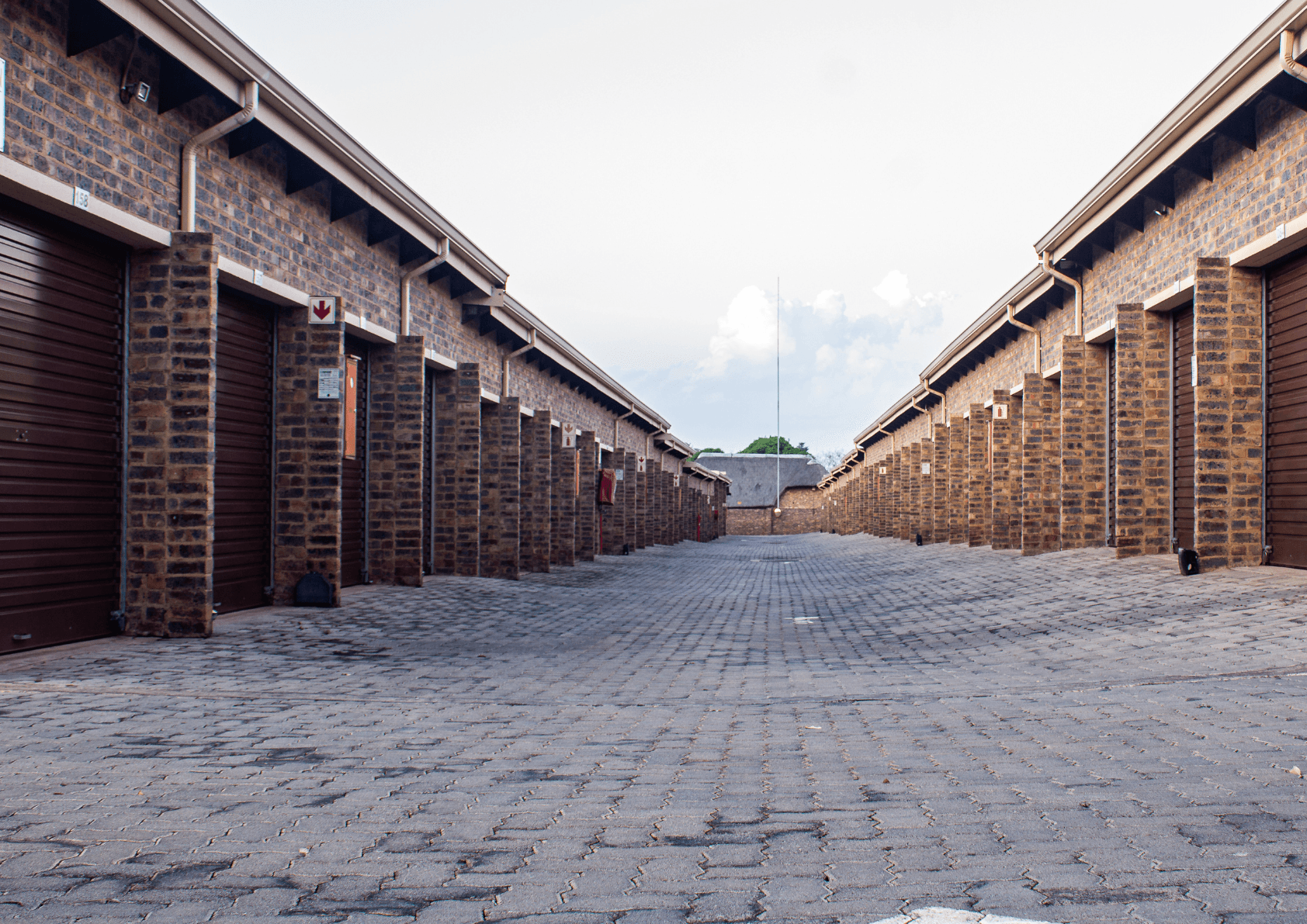Tips to manage your Storage Unit
Effectively managing your storage unit ensures that your items remain safe, organized, and easily accessible. Whether you're using the unit for short-term storage or as a long-term solution, adopting best practices can make a significant difference. Here are some essential tips from Alpha Storage to help you manage your storage unit efficiently.
1. Plan Your Storage Layout
Create a Floor Plan
Sketch It Out: Draw a simple map of your storage unit, marking where each type of item will go. This helps in placing items logically and makes future retrieval easier.
Aisle Space: Leave a small aisle in the middle or along the sides of your unit for easy access to items stored at the back.
2. Use Uniform Storage Containers
Consistent Sizes
Standard Boxes: Use boxes of uniform size. This makes stacking easier and maximizes your use of space.
Clear Bins: Consider using clear plastic bins so you can easily see the contents without opening them.
3. Label Everything
Detailed Labels
Content Lists: Label each box with a detailed list of its contents. For added convenience, number your boxes and keep a corresponding inventory list at home or digitally.
Room Labels: Indicate the room where the items belong, especially if you’re storing household goods. This makes unpacking easier when you retrieve them.
4. Prioritize Accessibility
Frequently Used Items
Front Placement: Store items you may need to access frequently near the front of the unit.
Easy Retrieval: Items used less often can be placed towards the back or on higher shelves.
5. Protect Your Items
Proper Packing
Wrap Fragile Items: Use bubble wrap or packing paper to protect fragile items. Fill gaps in boxes to prevent items from shifting.
Use Furniture Covers: Cover furniture with protective sheets or blankets to shield them from dust and scratches.
Avoid Stacking Heavy on Light: Do not stack heavy boxes on top of lighter ones to prevent crushing.
6. Optimize Vertical Space
Shelving Units
Install Shelves: Use sturdy shelving units to utilize the vertical space in your storage unit. Place heavier items on lower shelves and lighter ones on higher shelves.
Stack Boxes Carefully: Stack boxes to the ceiling if possible, but ensure the stacks are stable and heavier items are at the bottom.
7. Disassemble Large Items
Furniture and Equipment
Disassemble: Take apart furniture and large items to save space. Keep screws and small parts in labeled bags and tape them to the corresponding item.
Flat Storage: Store disassembled pieces flat to maximize space and prevent damage.
8. Climate Considerations
Sensitive Items
Climate Control: If you have items sensitive to temperature or humidity (e.g., electronics, antiques, important documents), consider renting a climate-controlled unit.
Elevation: Place items on pallets or shelves to protect against potential flooding or condensation.
9. Maintain Security
Secure Locks
Quality Locks: Use high-quality locks, such as disc locks or cylinder locks, to secure your unit.
Avoid Sharing Keys: Limit access to your unit by not sharing keys or access codes unnecessarily.
10. Regularly Check Your Unit
Periodic Visits
Inspection: Regularly visit your storage unit to check on the condition of your items and ensure everything is in order.
Reorganization: Take the time to reorganize and adjust your layout if you add or remove items.

